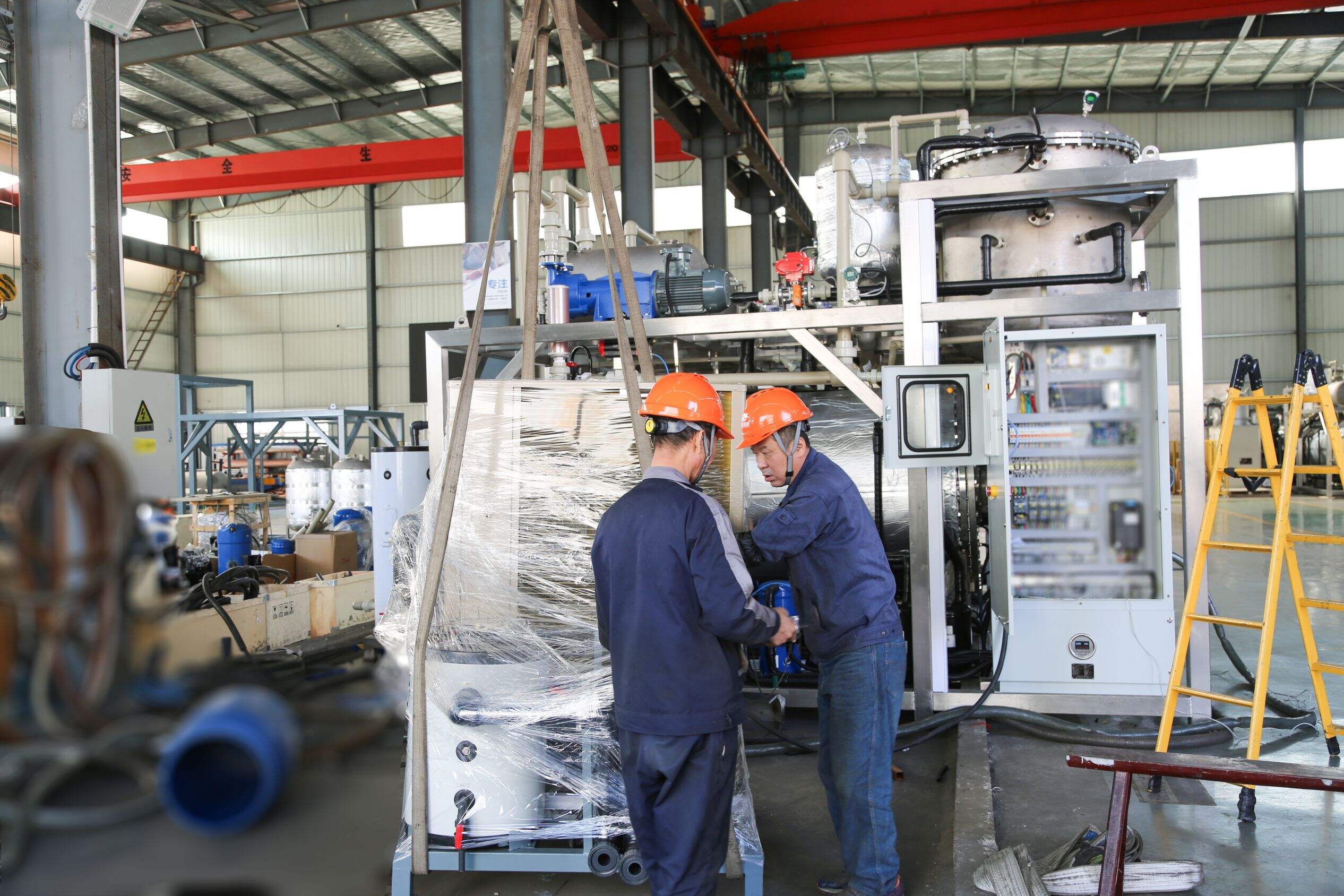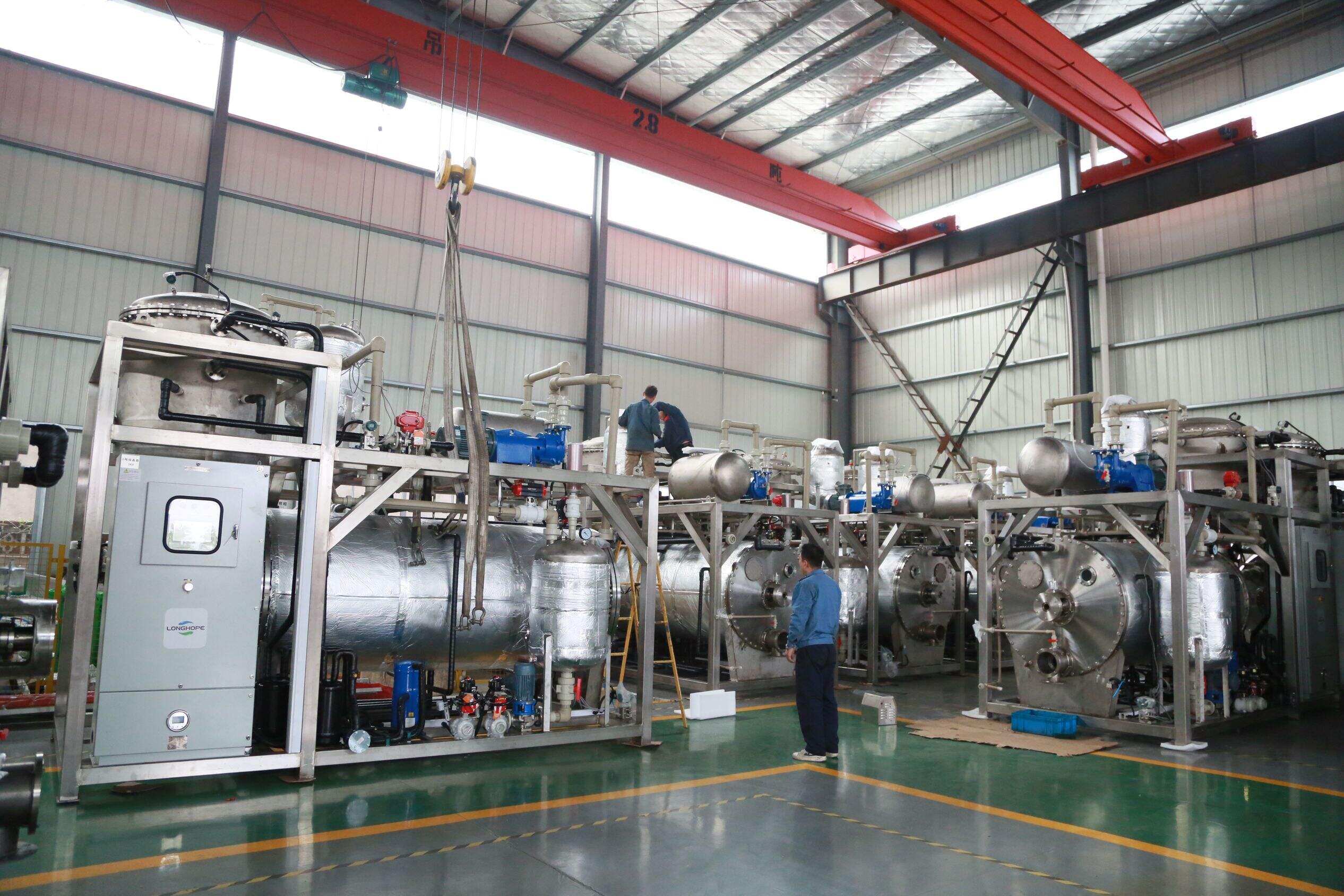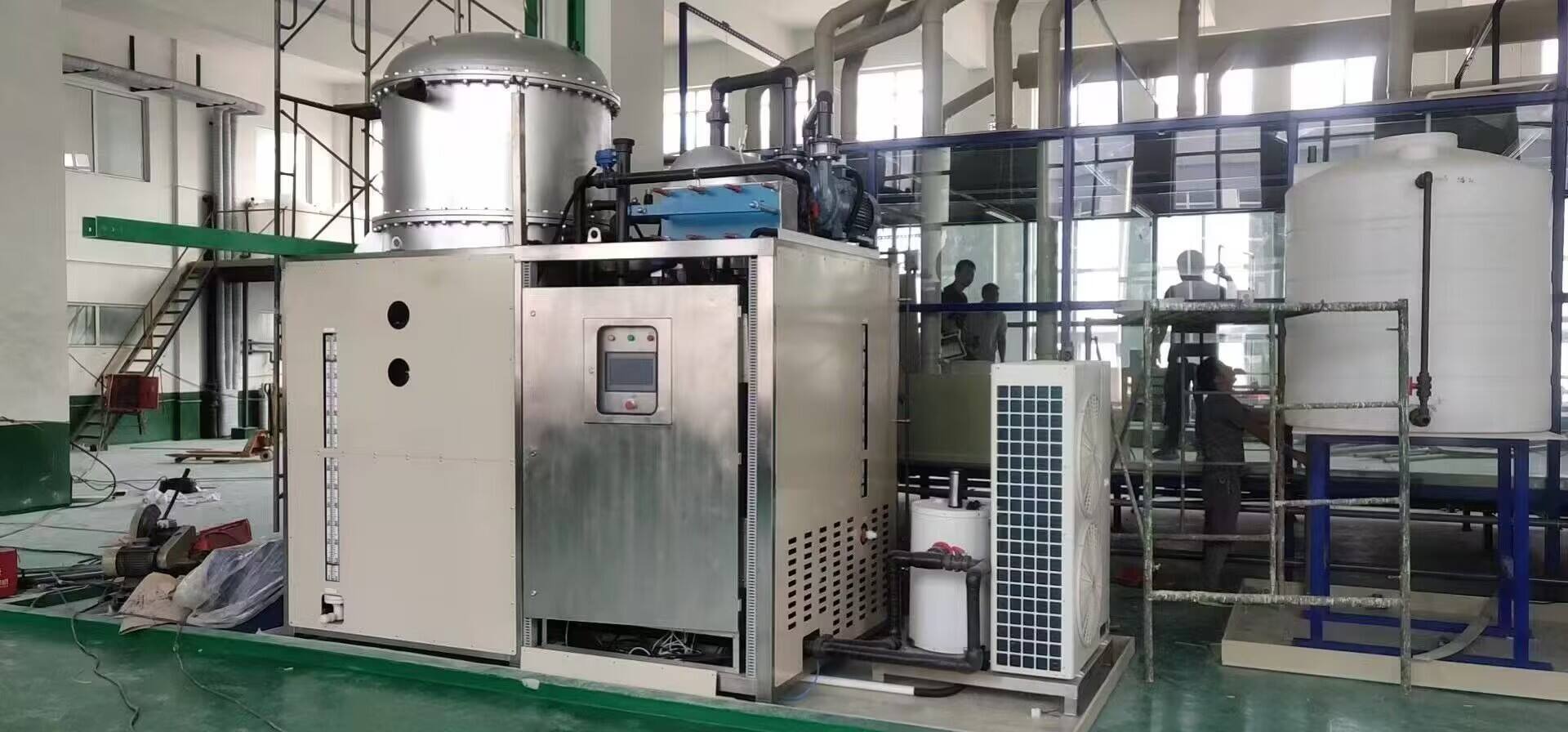wastewater zero liquid discharge
Wastewater Zero Liquid Discharge (ZLD) represents a cutting-edge water treatment process designed to eliminate liquid waste discharge from industrial operations. This advanced system transforms wastewater into clean, reusable water while converting dissolved solids into dry solids suitable for disposal or potential reuse. The process typically involves multiple stages, including pre-treatment, evaporation, crystallization, and filtration. During pre-treatment, the wastewater undergoes processes such as clarification, filtration, and chemical treatment to remove suspended solids and adjust pH levels. The evaporation stage concentrates the remaining dissolved solids using thermal or membrane-based technologies. Crystallization then converts these concentrated solutions into solid crystals, while final filtration ensures the recovered water meets quality standards. ZLD systems are particularly valuable in industries such as power generation, chemical manufacturing, and textile processing, where water conservation and environmental compliance are critical. The technology has evolved to incorporate energy-efficient designs, heat recovery systems, and automated controls, making it increasingly cost-effective for industrial applications. Modern ZLD systems can achieve recovery rates of up to 95% or higher, significantly reducing water consumption and environmental impact.


